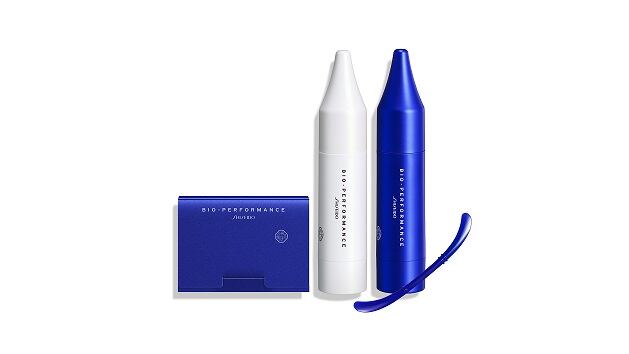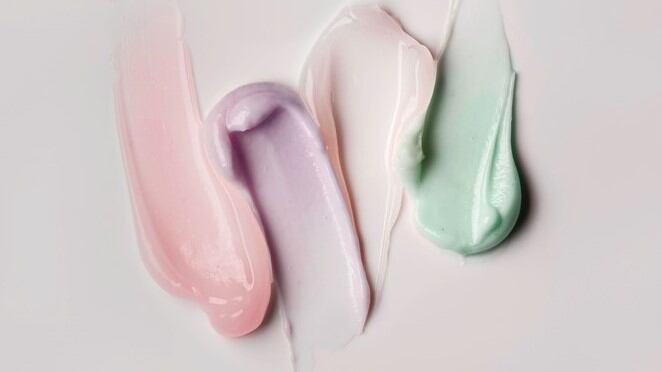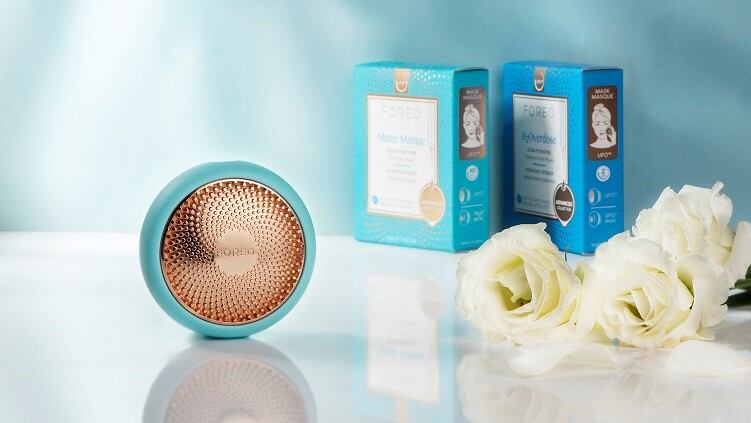1 – WATCH – Luxury rebound: By Terry and LUXASIA see brighter future for APAC post-pandemic
On this episode of the Beauty Broadcast, we’re delving into the remarkable recovery of luxury beauty in Asia Pacific and the future prospects for this high-end category with experts from By Terry and LUXASIA.
From lockdowns to travel bans, the effort to contain COVID-19 brought about unprecedented challenges that hampered the luxury retail market in 2020.
Fast forward to today and beauty companies like Amorepacific and L’Oréal have reported results that could only mean that consumers are back to splurging on luxury beauty goods – in some cases even surpassing pre-pandemic levels.
But the pandemic has set in motion lasting changes to life as we know it. As we look beyond life without COVID-19, how will the luxury beauty category change accordingly?
2 – From Asia to the world: Why the next wave of niche fine fragrance brands will come from Asia
The unwavering appetite for niche perfumes and brand mastery of digital communication are some of the reasons why we can expect more niche fine fragrance brands from Asia vying for the international spotlight.
In the last decade, the fragrance market has been disrupted by the arrival of niched fragrance brands such as Byredo, Le Labo, Diptyque, and Jo Malone.
While the big brands may still dominate, they are facing stiff competition from these so-called cult brands as consumers lean towards a more personalised and intimate fragrance experience.
In 2019, Estée Lauder Companies reported that its fragrance category benefited greatly from the growth of Jo Malone, Le Labo and Tom Ford, which pulled in net sales of approximately $81m.
3 – WATCH – Masking the problem: Rise of ‘maskne’ highlights the gaps in acne care solutions
On this episode of the Beauty Broadcast, we dive into ‘maskne’ with two experts to discuss how the rise in cases over the past year has turned the spotlight on the gaps in acne care.
In the past year, we have seen an uptick in acne from both people who suffer from regular breakouts, and those who do not. The cause of most of these cases is the regular use of protective masks that are used to prevent the spread of COVID-19.
Mask-induced acne, now more commonly known as maskne, is caused by the warm humid environment underneath the mask that creates an ideal setting for bacteria to grow.
Furthermore, the friction caused by the mask rubbing on the skin can further aggravate existing acne and cause rosacea.
4 – Skin care guru: Beauty platform Picky turning attention to expanding global community of users
South Korea-based start-up Picky Inc has recently joined Beiersdorf’s Nivea Accelerator programme, which it hopes will help it to expand its global presence and make a “greater impact” on the skin care industry.
Picky is a digital community that was developed to guide consumers through a saturated skin care market and cut through the noise of marketing and misinformation.
On the platform, beauty consumers can discover the most suitable beauty brands and products for them through user reviews, educational content, as well as expert contributions.
Users can also get access to ingredient information from a growing database of over 50,000 skin care products.
5 – Confidence in sunscreen safety shaky as negative headlines rekindle health and environment worries - Experts
The latest round of negative headlines about the health and environmental safety of sunscreens appears to be rattling consumer confidence.
Negative publicity began in earnest last December and centred on Purito Centella Green Level Unscented Sunscreen.
The product, which was very popular online, became the target of beauty consumers everywhere when it was revealed that the product was mislabelled as an SPF 19 — less than half of the claimed SPF 50+.
The downfall of such a popular and well-loved sunscreen shook consumer confidence in sunscreen.





